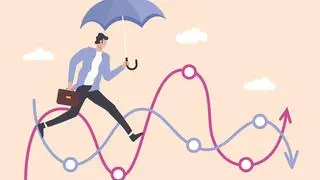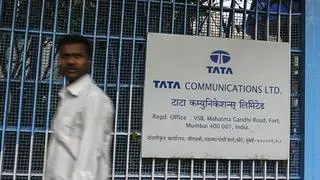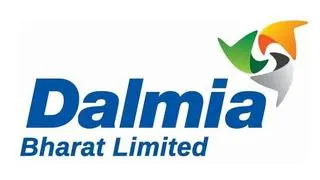Commodity markets have borne the brunt of the damage wrought by the Covid-19 pandemic. Containment measures have not only disrupted economic activities around the world but also dealt a severe blow to demand.
World GDP in 2020 is expected to show a sharp contraction to reach a multi-decade low. The most affected are ‘growth commodities’ that include energy products and industrial metals.
The first quarter of the year was the worst in decades for the industrial metals when the world’s mover and shaker of the metals market, China, was reeling under the pandemic.
Trading volumes turned to multi-year lows. Inventory levels soared. Prices plunged by a fifth, worsened by slump in equity markets and a strong US dollar.
With massive demand collapse, the market went into a state of over-supply.
The extent of price fall can be gauged from the fact that base metals started the year on a positive note with copper at around $6,100 a tonne; aluminium at $1,800/t; zinc $2300/t; and nickel $ 13,750/t.
But the lockdowns, demand destruction and exit of speculative capital inflicted losses on base metals, which meant that Q1 average prices were far lower than at the beginning of the year — copper $4,900/t, aluminium $1,500/t, zinc $1,875/t and nickel $11,500/t.
Now that China has lifted its lockdown, and several regions, including Europe and the US, are looking to ease restrictions, industrial activity has begun to revive. There is a palpable sense of relief; but it is too early to celebrate.
By mid-May, some base metals have risen from their lows. For instance, copper is currently trading at $5,250/t, nickel at $12,300/t and zinc at $2,000/t.
Where do we go from here?
Two scenarios present themselves. In the first one, the pandemic comes under reasonable control by June and activities begin to gradually pick up momentum in Q3.
It would surely take 2-3 months for the shrinking world trade and stalled industrial activity to pick up momentum.
In the event, by Q4 there would be a strong possibility of equity and commodity markets rebounding. This expectation is reinforced by the fact that interest rates have been substantially slashed in major economies and liquidity has been expanded like never before.
So, industrial metals can expect to be on the road to recovery by the end of the year. I would hasten to add that prices are not going to rebound to the pre-pandemic levels any time soon; but they would not stay at the Q1 lows either.
Scenario number two is scary. If the pandemic is not contained and continues its invasive spread well beyond June, the world runs the real risk of a painfully deep recession. In the event, all markets will tank following massive loss of confidence. Fiscal stimulus packages and ultra-loose monetary policies will be of little help. The base metals market will not remain insulated.
It is too early to say with certainty which scenario would materialise. Assuming scenario one plays out, we can expect a modest revival in metals demand in the rest of Q2 and the whole of Q3 under China’s leadership.
However, Chinese demand will not be able to offset demand destruction elsewhere.
It is not just demand that is impacted, but supplies too have been disrupted with operations at mines and smelters shut down. However, supply losses are going to be far lower than lost demand.
On current reckoning, copper stands a good chance of recovering a part of its lost ground because of cutbacks in Latin American mine supplies and improving demand.
The aluminium market is clearly over-supplied in 2020 and stands little chance of a marked recovery, with demand trailing supplies and inventory expanding.
Zinc, too, will continue to face surpluses this year, and weaker demand will continue to weigh on prices. Nickel ore availability is going to pose a challenge with Indonesia banning exports from the beginning of the year and the Philippines curtailing mining operation from April.
There will be some loss of refined supply which may be dwarfed by demand loss to start with. However, when demand revives, nickel prices have the potential to recover fast.
The writer is a policy commentator and a commodities market specialist








Comments
Comments have to be in English, and in full sentences. They cannot be abusive or personal. Please abide by our community guidelines for posting your comments.
We have migrated to a new commenting platform. If you are already a registered user of TheHindu Businessline and logged in, you may continue to engage with our articles. If you do not have an account please register and login to post comments. Users can access their older comments by logging into their accounts on Vuukle.